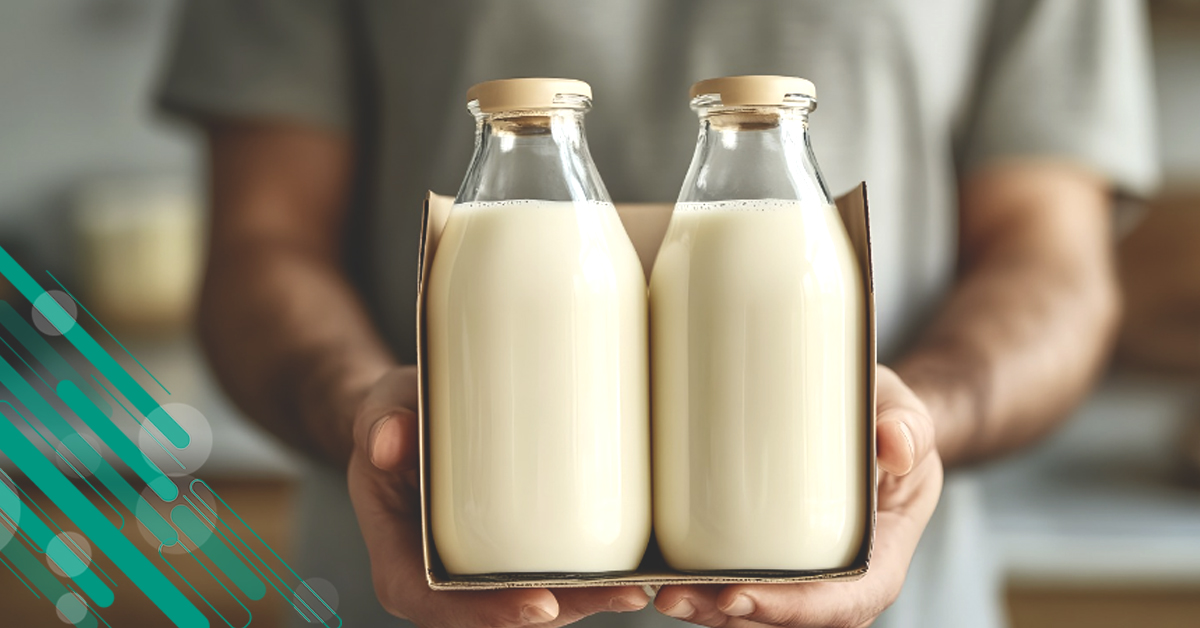Kaiserschmarren was born at the court of Emperor Franz Joseph I, from whom it takes its name (literally “Emperor’s pancake”). The story goes that this dessert resulted from a mistake: a failed pancake, broken into pieces and caramelized, was served to the Emperor, who liked it so much that it became a royal dish. Though less famous than the Sachertorte, this soft, fluffy shredded pancake, dusted with powdered sugar and often served with plum or raspberry jam, is a delight. Modern packaging technologies now allow the preservation of its fluffy texture and captivating aroma, making it ideal for international markets.









